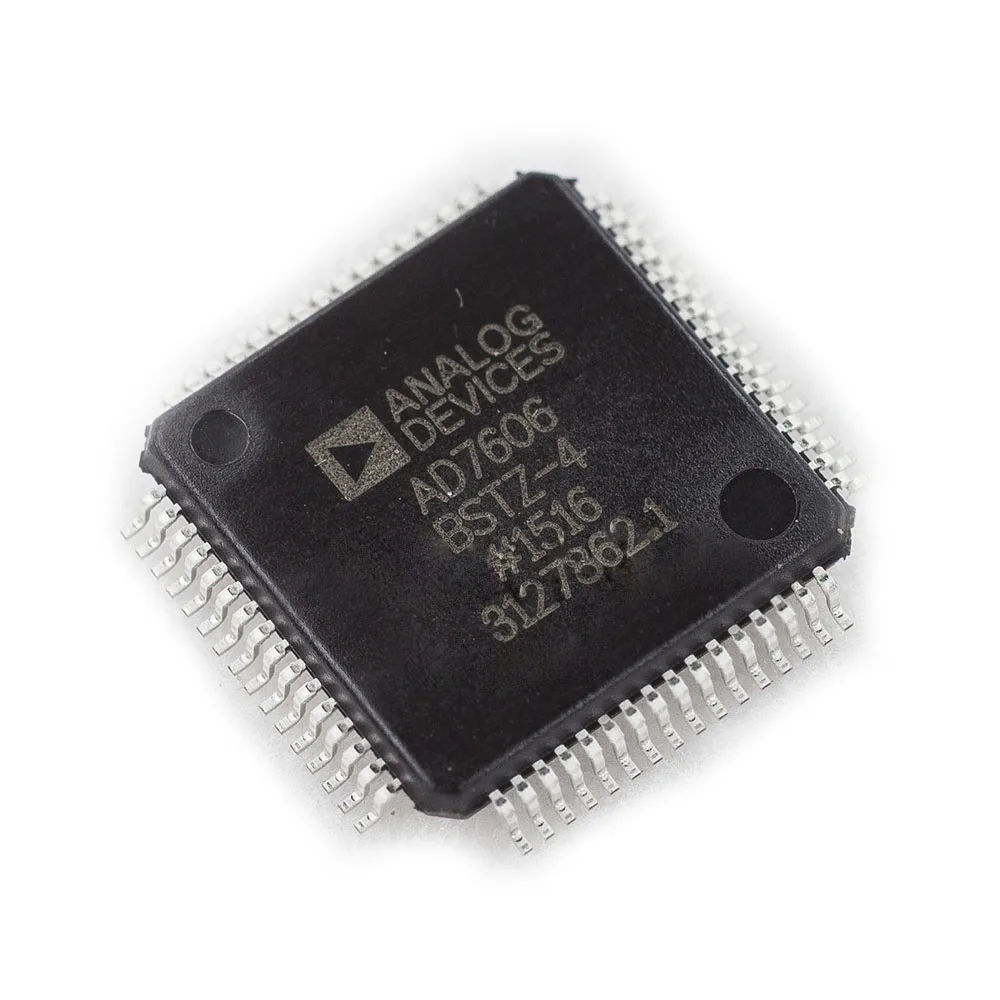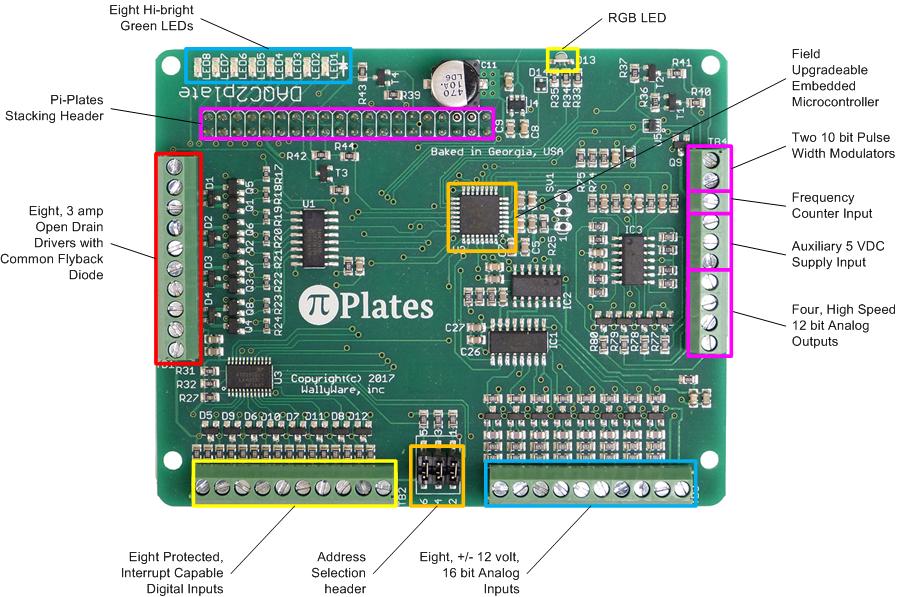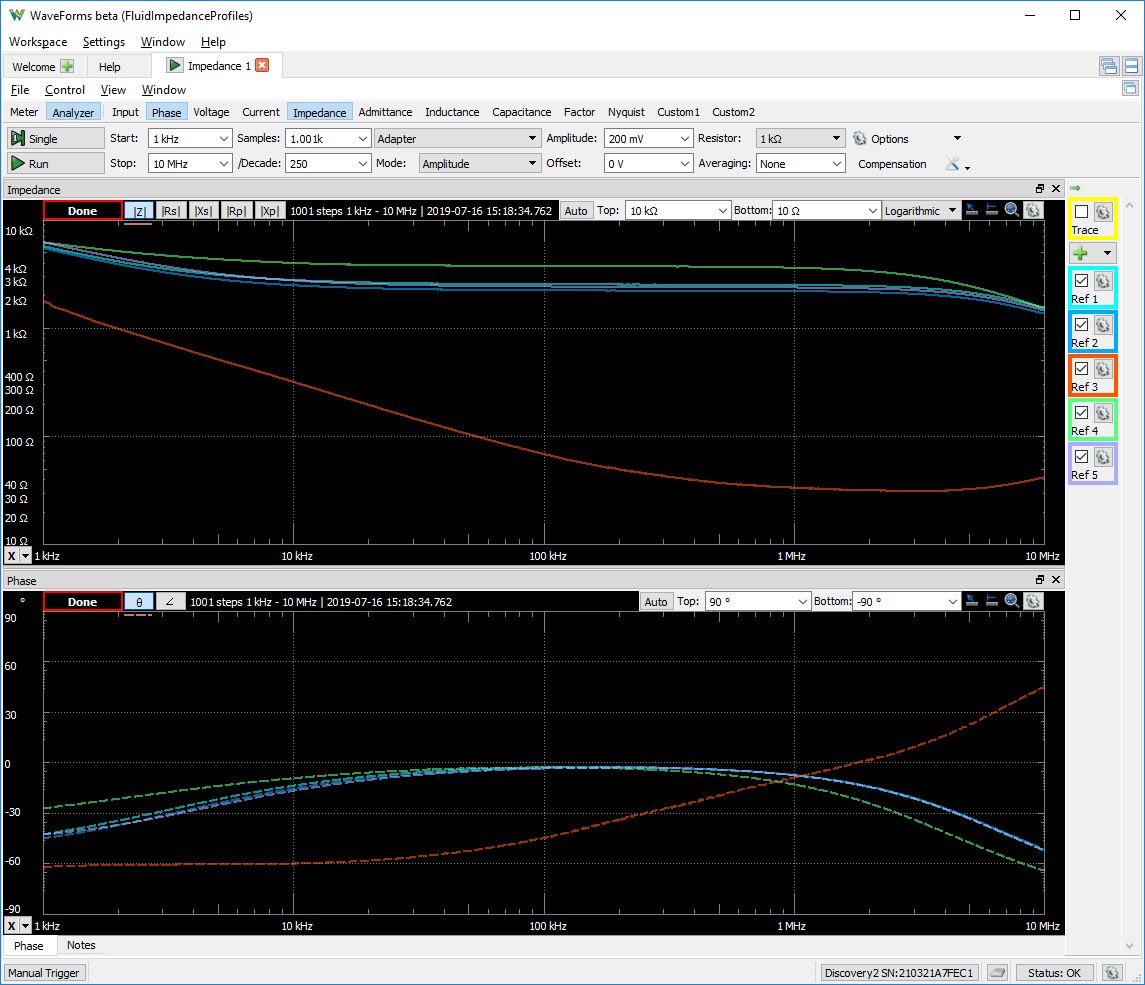Hi guys,
There are some progress on many fronts.
I met with a potential partner company that could connect me with a University research group to dive a little bit deeper into the bio-electromagnetic phenomena we would like to process and show with our device. The goal would be to get a few papers published so that investors can see this development less risky. (If you are not familiar with bio-electromagnetics, please check out my blog at http://blog.biobalancedetector.com/)
I also met with a researcher friend of mine who works on some fascinating stuff and we decided to work together on a side-project which eventually could lead to a radically new sensor design. I can't tell too much about it just yet, there is a long list of experiments we have to build and document first.
On the architecture side I'm investigating some new platforms and ICs.

As you probably know the new Raspberry Pi 4 model B is available. It's not a critical update for me at the moment at all, and there are many things missing on the software side, but still, one thing already made it attractive: it might finally work with my Analog Discovery 2 using its USB3 port. (The USB2 ports are still unusable due to a Linux driver fault. More details here: https://forum.digilentinc.com/topic/1713-analog-discovery-2-vs-raspberry-pi-3/)

My original choice for the ADC was the AD7616 which is still a fantastic little IC, but I realized that to build an evaluation board for it would cost me too much (of my time and money), so I started to look for a similar one that is more popular.
AD7606 is fairly well known, it has somewhat similar specs and there are C++ and Python sources available for Raspberry Pi. Extra good news that Analog Devices came out with an improved version just a few weeks ago, called AD7606B, and its spec is pretty close to our requirements. It's also backward pin compatible with the AD7606, so upgrade should be a no-brainer.
Anyway, I ordered two types of evaluation boards of the AD7606 from AliExpress and I got them a few days ago. I started to play around with the Python module and test scripts I found, and although it looks a little buggy, it's good for now.

I also have my eyes on the DACC2plate (https://pi-plates.com/daqc2r1/) mainly because it's a complete Raspberry Pi HAT and it has C# library which I could probably use out of the box with .NET Core.

I run a few tests to see how much of a difference can I measure in the impedance of tap water, filtered water and salted water. It's pretty significant, so they will came useful in the future.
I will continue my experiments with the impedance measurements of different fluids which hopefully will lead me closed to the new sensor design. We'll see!
Andras
 Andras F
Andras F
Discussions
Become a Hackaday.io Member
Create an account to leave a comment. Already have an account? Log In.
Hello, I hope you are well. Very good material, thank you very much.
I wanted to ask you about the connection, if you were able to connect the AD7606 to the raspberry pi and if you have the connection diagram. Thank you very much again
Are you sure? yes | no